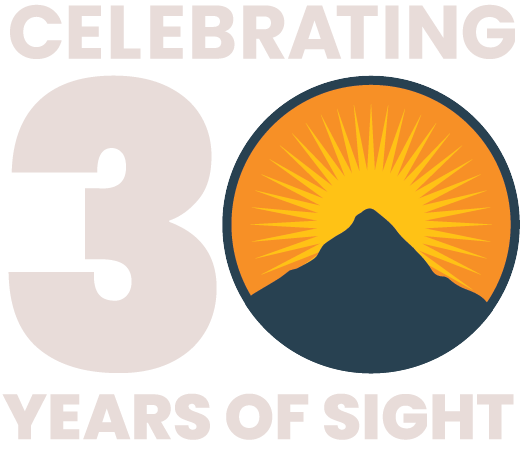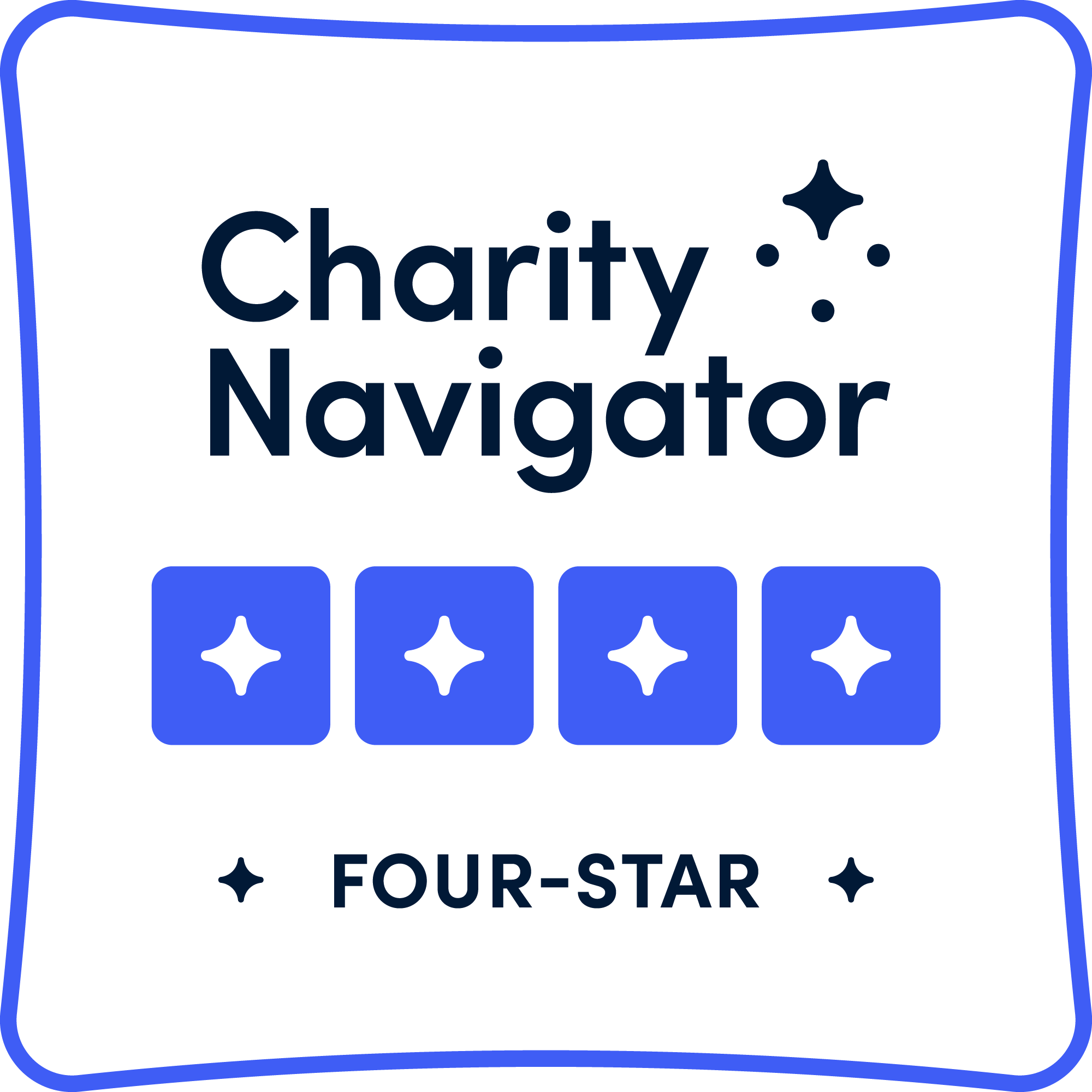Strabismus: A Curable Condition
Five-year-old Heran Tsega sits on her mother’s lap as a doctor examines her. Her bright, curious eyes wander and struggle to focus, leading doctors to diagnose her with strabismus. Heran was also born with down syndrome, a condition that often inhibits language and communication. The combined diagnosis doubles Heran’s ability to connect.
Strabismus, also known as “crossed eyes” or “lazy eyes”, is the misalignment of the eyes, leaving a person with eyes that do not look straight. Worldwide, strabismus affects 1 in 50 individuals or approximately 4 percent of adults and 3 percent of children. Globally, more than 148 million people suffer from strabismus.

People with strabismus lack binocular single vision, the ability to see a three-dimensional object with both eyes. Losing binocular single vision is very detrimental, according to ophthalmologist Dr. Srijana Adhikari, clinical advisory board member of Cure Blindness Project.

“Losing binocular single vision means a person will lack depth perception and will be unable to judge distances when walking, playing sports or driving, and will be unable to optimally use tools such as a microscope. Images seen by the deviated eye get suppressed and the brain cannot process them,” says Adhirkari.
In Ethiopia, doctors were able to surgically correct Heran’s strabismus. The young girl will work with local providers in follow-up visits to ensure the condition continues to heal properly. This surgery will help ease some of Heran’s struggles and give her a chance for connection, a critical component for human development.
Heran’s mother Tsega looks forward to her daughter’s future. “I have five children,” she says, “and only Heran faces these challenges. She is so smart, but her eyes...” She pauses, unable to continue.
After the surgery, Tsega smiles in gratitude, “Thank you to the doctors and to Cure Blindness Project for giving my daughter this surgery. I could not have done this myself.”

Learn more about strabismus and other common treatable eye conditions today.






